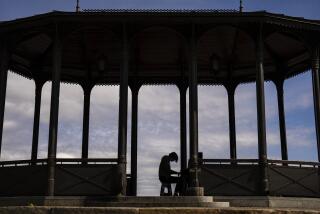Le Corbusier-designed Chandigarh is unlike any other Indian city
SwissFrench architect Charles Edouard JeanneretGris, also known as Le Corbusier (18771965), came to India to design Chandigarh, a city in northern India that symbolizes the birth of modern India following its independence from the British.
Although the design and layout of the city was lauded in the West, in India it remained an outlandish creation.
But today, 65 years after the FrancoSwiss architect was commissioned to lay out the city, UNESCO has declared part of his work, including the Capitol complex in the city, a World Heritage Site for “the invention of a new architectural language”.
Despite this significant honor, widespread ignorance and sometimes even rejection of Le Corbusier’s work is rife in India.
Director of the Le Corbusier Center in the city, Deepika Gandhi, says there is no awareness among Indians about the celebrated architect.
“They have no idea...it’s disheartening,” she tells EFE, adding that even those who have heard of him tend to believe he did not design the city keeping in mind Indian sensibilities.
Noting it was Jawaharlal Nehru the country’s first prime minister and his dream of a modern India that propelled the project, she says many feel “Chandigarh is not an Indian city.”
But an Indian city “need not be synonymous with chaos, noise and anarchy; it can have order,” she adds.
Inspired by the human body and laid out in hopscotchstyle, Chandigarh stands out for the orderliness and functionality of its design.
While the industrial areas form its entrails, the city center is the heart, the seven types of roads crisscrossing the city are its circulatory system, the parks, its lungs, and the Capitol Complex housing three of his most landmark buildings in the city is the head.
Chandigarh, the joint capital of Punjab and Haryana states, has three buildings the High Court, the Legislative Assembly and the Secretariat that keep administrations functioning.
Highlighting the influence of the complex on modern architecture, professor at Punjab University’s Department of Architecture Sohan Lal Saharan says he exhorts his students to notice how building designs in the past four decades have been inspired by one of these three constructions.
He adds that simply observing the many elements of these colossal constructions reinforced concrete, pillars, the play of light through strategic placement of windows and even the use of huge concrete parasols can help students appreciate its wideranging sway.
However, the architect’s obsession with light has also earned him criticism in the tropical country, with some claiming his design did not take into account harsh temperatures.
Saharan admits that the use of certain materials might not have been entirely suitable but adds that Le Corbusier’s design incorporated treelined streets and parks to help combat the heat.







